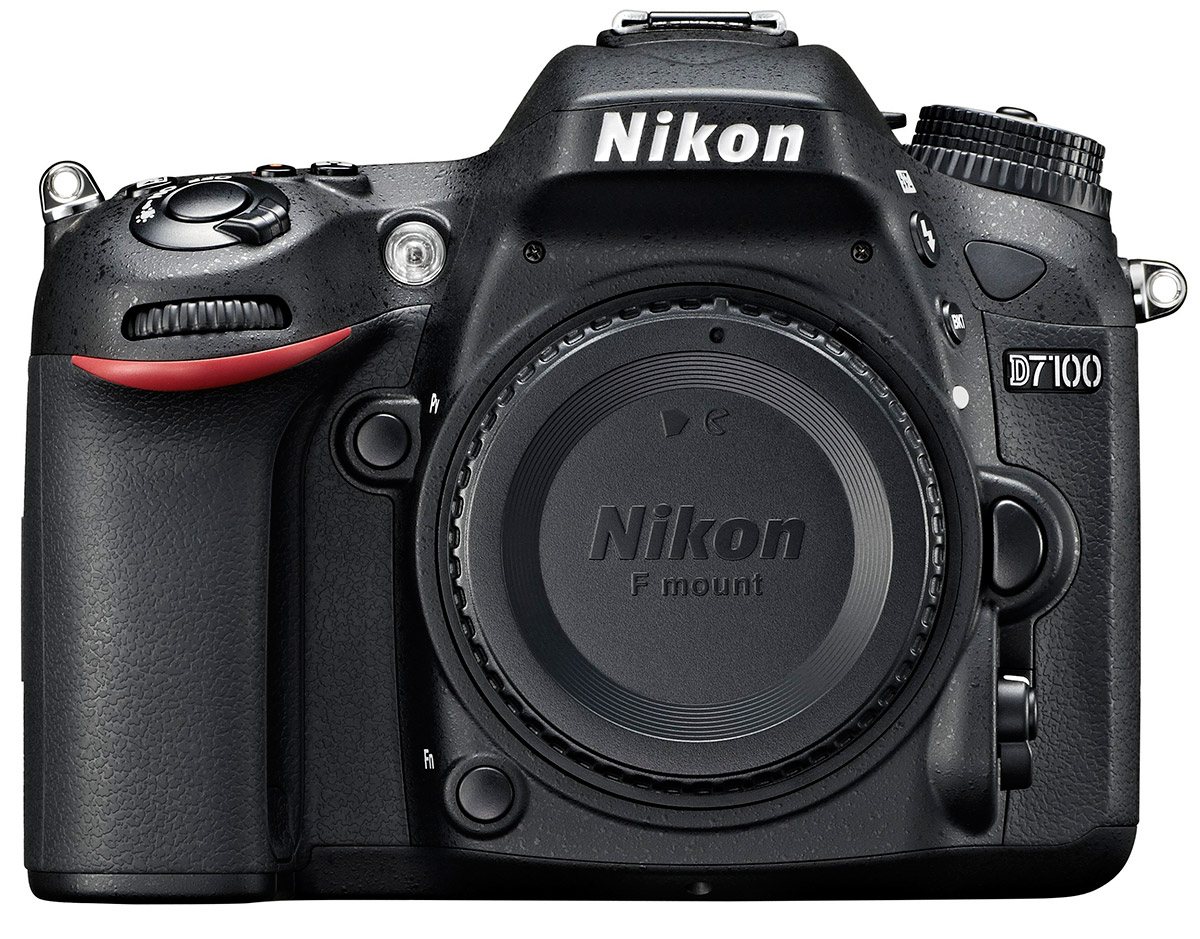I would firstly like you to consider the following images.
Minus the model and FX labels and the shapes of the infrared receiver, you really have to scrutinize the extremely minor details such as slight shifts in button placements and differences in rubber texture to tell them apart.
Now the back panel:
 |
| D750 |
 |
| D610 |
 |
| D7100 |
Back panel has slightly more evident differences, particularly the vari-angle LCD of the D750. But generally the layout remains almost the same.
I'm actually quite glad that Nikon has finally come to standardize its camera layouts, and focus more on what is inside the cameras. As a D7100 user, I am happy with the current layout. Also this layout is more of a matter of familiarization than an absolute good or bad; if I am handed a Canon DSLR I'd suck at figuring out how to navigate it, not because the layout sucks, but simply because I'm not used to the layout. So it's good that more and more Nikon cameras now have similar layouts - a D810 is not much different as well except for the mode dial and the AF-ON button - and now I can easily switch bodies / work with multiple bodies and still feel absolutely comfortable with all of them.
But there's another point I'm trying to drive at by comparing these models. Take a look at the following.
The D700 is known to be the serious full frame DSLR for non-action photography pros. D800 (now D810) was rarely seen as a D700 replacement, because it is way too rich in pixels to be as versatile as the D700. There has been anticipation for a true D700 replacement, if it ever will happen.
The D600 (now D610) was perceived to be Nikon's effort to bring full frame to the consumer range. It seems like a camera targeted at strong enthusiasts who would like to take a step up to full frame. But many pros use it due to its price (especially compared to D800/D810) and how outdated D700 was.
The D7000 (now D7100) was introduced as a bridge between D90, then a prosumer camera, and D300s, a professional DX. It was never a D300s replacement, and professionals await the D400 or equivalent to arrive as an upgrade from D300s. Nevertheless the D7100 is now the top DX camera in Nikon's lineup, but still targeted at the prosumer market.
So what is the D750?
D750, based on its numbering, should fall in the D700 category. But looking at its design and specs (which you can search yourself), almost every aspect of it corresponds to the D610 and D7100, which are effectively prosumer cameras. Also given the new features it has - WiFi, and vari-angle screen, it really looks more like a consumer than a professional body.
And it lacks what a true Nikon professional camera should have - a full magnesium alloy body (D750 has a monocoque body which effectively means the body is crafted in one piece, but is a mix of carbon fibre composite and magnesium alloy; is that the new pro body Nikon is trying out?), AF-ON button (which I believe is highly useful in subject tracking, and given D750's FPS rate, it is mildly suitable for some action), and Nikon's iconic professional mode dial (which makes managing settings much more centralized). All these indicate that Nikon did not intend for this to be targeted at professionals, like D700 back then, or the current D800.
Another minor detail: I suspect that the D750 has an AA filter, which, to many professionals, is a disappointment. I observed how many photographers jumped at cameras without AA filters built in for that extra sharpness, and it is also a growing trend for camera makers to take out physical AA filters and instead beef up their digital anti-aliasing technology. Honestly, for 24.3 megapixels, I believe the AA filter will not make too much a difference unless I scrutinize the photograph with a magnifying glass. But on the other hand, as a D7100 user, sometimes I do benefit from the missing AA filter, and I guess for professionals it would matter more.
Of course, I'm not trying to stereotype here, that a professional camera must certainly have a certain design or layout or contain certain features. Perhaps Nikon is trying their prosumer formula on professionals to see how it works out.
And it is also possible that Nikon is just expanding its full frame line up, to offer more tiers of cameras for buyers to choose. Because the D750 really does not fit anywhere in the original Nikon line up despite its apparent model number relationship with D700; it seems to be a new line altogether. And if this theory is in fact true, then I can actually draw some awesome parallels here to the entry level DX line up. The D600 range is like the D3000 range, while the D750 is like the higher D5000 range. Both ranges are vaguely similar, but higher range has some bonus add-ons, like a slightly faster FPS, better metering and AF, and of course our favorite vari-angle LCD screen.
I suppose with this new camera on the market which bridges the gap between D610 and D810, there seems to be a camera to suit everyone's needs in the full frame line up. On another note, full frame photographers are now more spoilt for choice. And I do feel that the D750 is a good buy, though on Nikon's side this new camera will steal quite a bit of business from the D610 and D810, but I'm sure (and hope) that's all part of Nikon's plan.
You can get a D750 at Amazon body only, or with a 24-120 f/4 lens. Shipment starts September 23rd.


